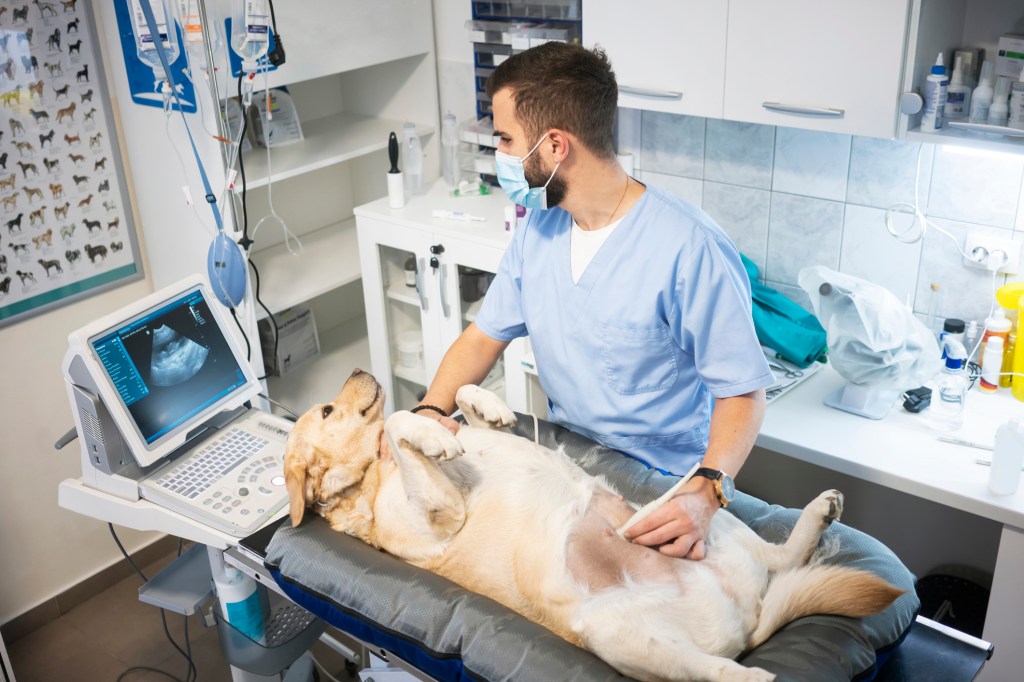Cystinuria in dogs is a medical condition that can cause kidney and bladder stones. The disorder is inherited, which means a dog is born with it.
Technically, the condition is caused by a build up of the amino acid cystine in a dog’s urine. Usually, this is due to a problem with the kidneys.
Generally, male dogs suffer from cystinuria more than female dogs. Also, certain breeds including Newfoundlands, Labrador Retrievers, and Bullmastiffs suffer from the condition more than other breeds.
If you see signs that your dog might be suffering from this disorder, then you must consult your veterinarian for a proper diagnosis and course of treatment. Here’s what you should know about the symptoms, causes, and treatments of cystinuria in dogs.
Symptoms of cystinuria in dogs
Cystinuria in dogs can result in a small range of symptoms. Specifically, some of the most common symptoms include:
- Stomach pains
- Only peeing in small amounts
- Pee with blood in it
- Lethargy
- Straining while peeing
- Vomiting
Additionally, in some cases a urinary obstruction can occur. Unfortunately, this can be fatal so consult with your emergency vet if you suspect that this is the case.
Causes of cystinuria in dogs

The cause of the condition is genetic. This means a dog is born with it.
More specifically, a build up of an amino acid called cystine in a dog’s urine causes the disorder. Technically, this happens when a dog’s kidneys are not able to absorb cystine effectively.
Additionally, male pups seem to suffer from cystinuria more than female canines. Also, certain breeds seem to be predisposed to the condition. For example, some of those breeds include:
Treatments for the condition in dogs
If you think that your dog might be developing cystinuria, your veterinarian will want to carry out a full physical examination of your dog. Additionally, your vet will ask about your pup’s full medical history. This will include any breed-specific problems.
Next, your vet will carry out a urinalysis test to confirm the condition. This test works by analyzing the pH of your canine’s pee. Additionally, ultrasounds and X-rays can also be considered to confirm the disorder.
Generally, treatment involves lowering the amount of cystine in your dog’s pee. Usually, diet changes can achieve this. For example, your vet might suggest a prescription diet that is low in protein and sodium. Additionally, adding water to your pup’s meals can help dilute their pee.
Unfortunately, in cases involving bladder or kidney stones, a surgery is usually needed to remove them. Additionally, male dogs suffering from the disorder can be neutered.
Finally, these days genetic testing to detect the disease is available. Your vet can tell you more about the process and whether it is appropriate for your dog.
Adblock test (Why?)
Powered by WPeMatico